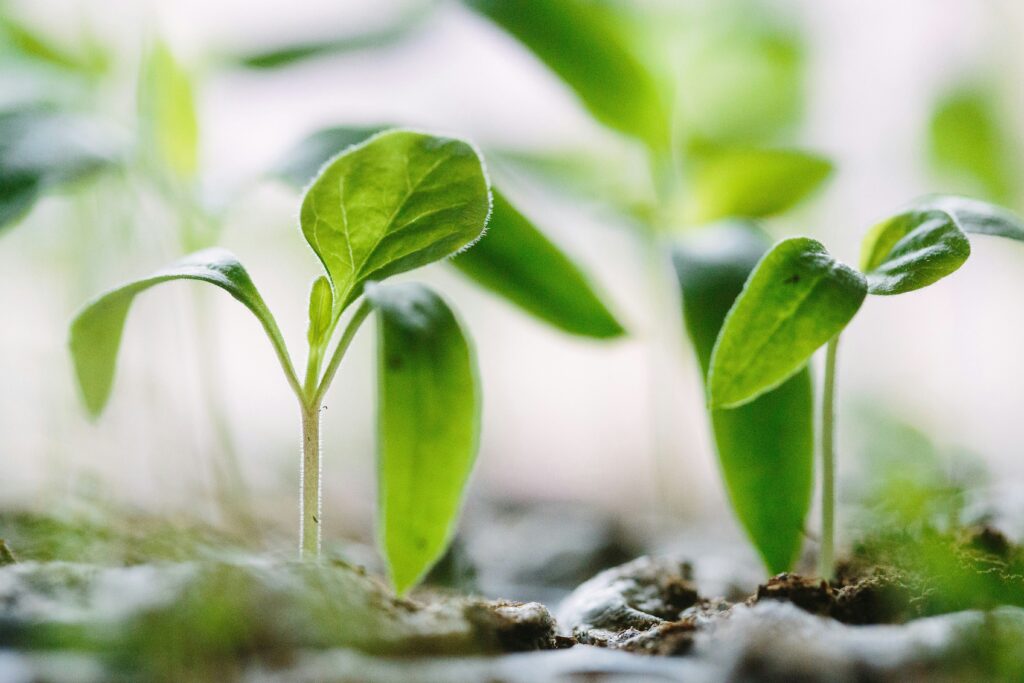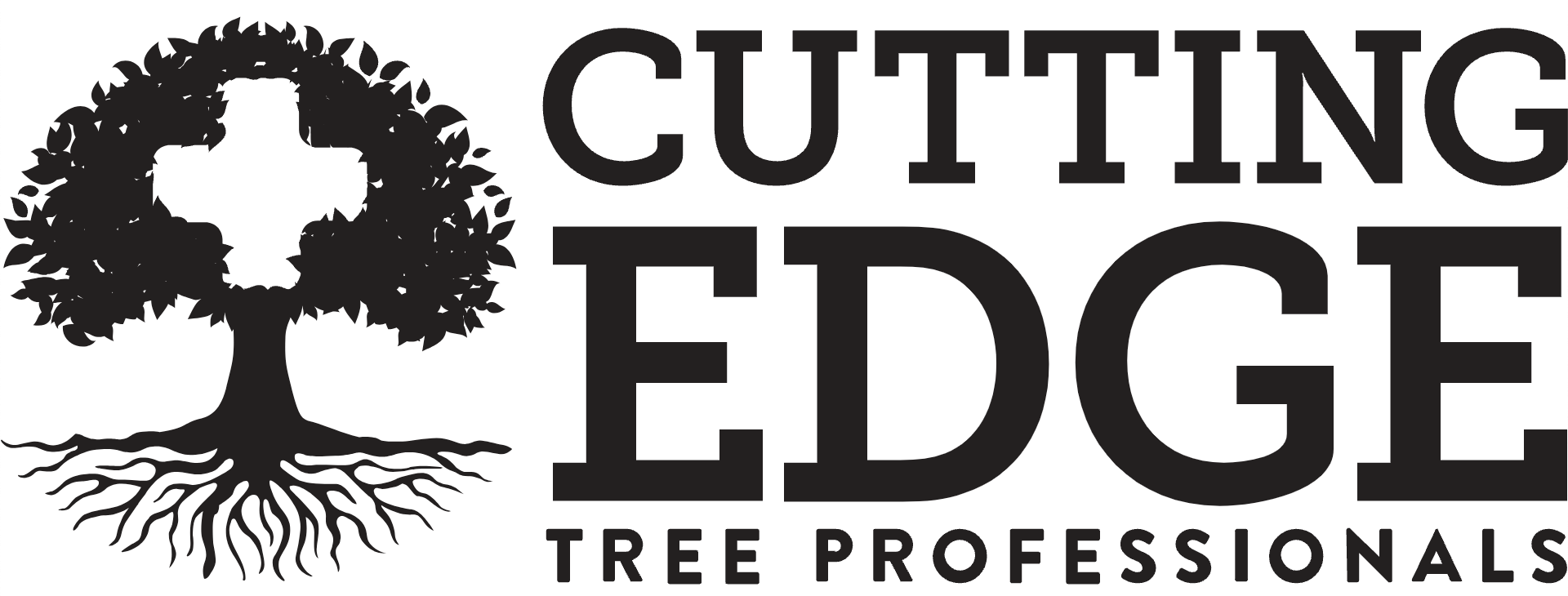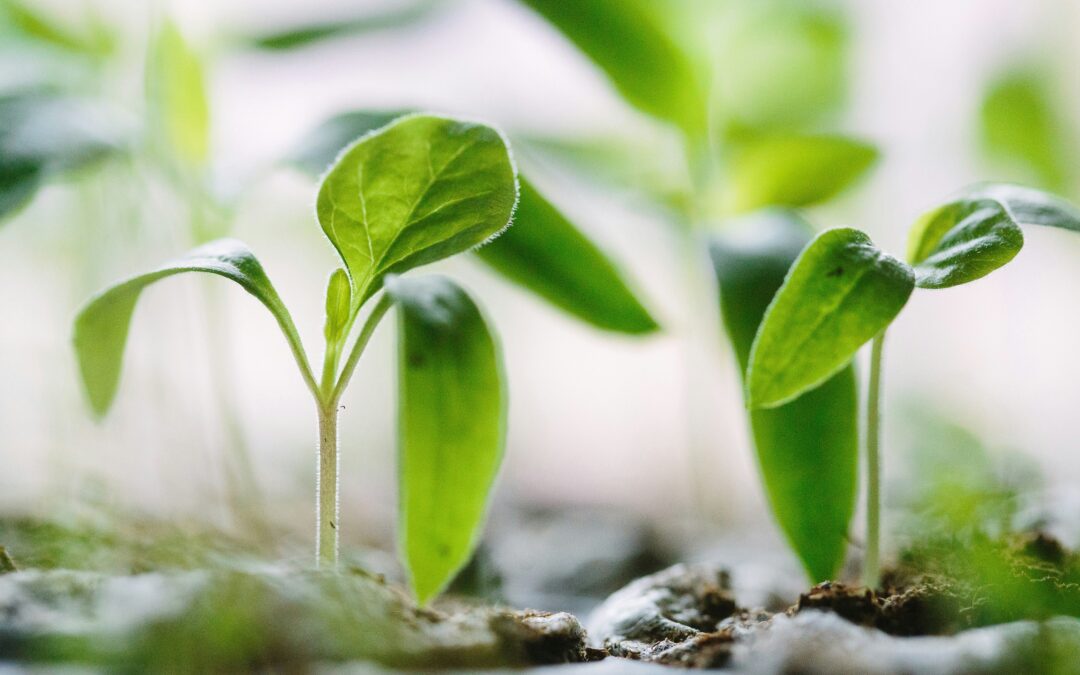
We all love and plan for a luscious lawn and a plentiful garden. But your trees deserve just as much love and care, especially now. As spring comes into bloom, spring planting is soon upon us: the best time to plant and establish new trees. However, it’s not a simple science. The process can be nuanced and challenging to navigate with frost damage, site analysis, aftercare, and more. We’re here to make it easy for anyone to get started!
Below, we’ll share with you our expert tips and tricks in our three-part Spring Planting Guide for Planting and Establishing Trees in Pennsylvania.
Step 1: How to know when it’s time to plant
How to Know When it’s Time to Plant
The essential first step of spring planting is deciding when to begin. Starting too early might result in frost damage in your trees and waiting too long might mean missing out on ideal growth conditions. It is also important to make sure you have established an area that is suitable for the fostering and growth of your new plant.
As always, the last predicted frost dates across Pennsylvania vary by region. This year, the earliest dates start the week of April 1st with the latest dates occurring during the week of May 21st.
Below is a list of some of the larger Pennsylvania regions and their predicted last frost dates for the Spring of 2024:
- Philadelphia: April 4
- Harrisburg: April 15
- Lancaster: April 19
- Allentown: April 20
- State College: April 20
- Wilkes Barre: April 23
- Williamsport: April 24
- Altoona: April 25
- York: April 26
- Johnstown: April 29
- Youngstown: April 30
- Pittsburgh: May 2
- Scranton: May 10
It’s important to plant after your region’s last frost date, to ensure that your plants can survive without enduring frost damage that could kill new tissue. It is also important to prepare your area before planting, as an inhabitable spot could damage the tree and result in an unsuccessful planting.
This can be done with a few considerations:
- Ensure that your area receives a lot of sunlight so it can grow quickly to avoid predators or pests such as deer and rodents.
- Determine the pH of the soil. Have plants grown there before? If yes, the soil is probably sufficient for planting. If not, consider having your soil tested to ensure your plant has the nutrients necessary for healthy development.
- Determine the texture of the soil. Is it mostly clay, or mostly sand?
- Determine the moisture of the soil. This can typically be done by assessing terrain position. South-facing slopes tend to be drier than northern slopes or flat areas.
Step 2: How to Decide Which Species to Plant
Now that you have established a time to plant that will not be affected by frost and a comprehensive knowledge of your planting area and soil, it is time to decide which species of tree to plant. There are many different factors in deciding which species of tree is best for you. A few of the main reasons trees are planted include the following: wind screen, food for wildlife, increasing diversity, shade and cover, and more.
Once you have identified your objective, you can then search for various species that not only align with your needs but also with the soil of the area you selected and analyzed.
While this is generally a personal task to fit your specific needs, below are a few of the most popular trees to plant in Pennsylvania to help guide your search:
- Swamp White Oak
- Typically reaches around to 60 feet, known for its use in shading in a larger yard.
- Paperbark Maple
- Grows to around 30 feet, known for its decorative orange bark.
- Pin Oak
- Quick-growing tree, known for its resistance to urban stressors such as concrete or hardscaping work.
- Sugar Maple
- Can reach up to around 110 feet, known for its coloring and long lifespan of up to 400 years.
- Red Oak
- Grows quickly and up to around 75 feet, known for its hardiness and ability to withstand weather and disease.
Step 3: How to ensure plants keep healthy and growing
Now that you have chosen your species, it’s time to plant. To plant successfully, follow the below steps:
- Dig a planting hole wide and shallow so the root has space to develop while also allowing the tree to sit at the proper height.
- Depending on if your sapling was container grown or in a wire basket, you must cut all burlap back and check the roots to ensure they are not circling, as that could lead to girdling.
- Back fill the planting hole with occasional intermittent watering and ensure there are no air holes.
- Cover the spot with mulch and water it so it settles. If your tree does not appear to remain stable, then staking is suggested.

With the actual planting done, now begins the most critical part of successfully establishing a tree: aftercare. The time for a tree to establish typically takes in years around an inch of caliper. For example, a typical two-inch caliper will take around two years to establish, and so on. The aftercare process can be broken into two parts: watering and maintenance.
Watering: In Pennsylvania, the watering schedule based on the weather conditions typically requires 2-3 times per week during the hotter months of July to September and then cut to 1 time per week into Autumn.
Maintenance: Maintenance can include fertilization, mulch refresh, and pruning. While mulch should be refreshed on a cycle of every one to two years, fertilization and pruning should be done upon your discretion. Generally, fertilization is not typically needed directly after planting. On the other hand, once a tree has started to establish, pruning is a great way to maintain the structure of the tree as it develops.
We’re here to help
We’re Here to Help
Planting a new tree can be an exciting and low stress process if done correctly. But after your tree is established, it is still just as important to maintain and care for it, in addition to your other trees. If you are in need of assistance or have concerns about a tree’s health, the professional arborists at Cutting Edge Tree Professionals are available year-round for evaluations and consultations.
Services include vital aftercare maintenance like fertilization and pruning, and general maintenance and upkeep activities such as stump grinding, cabling, removal, and pest control.
Call us today at (814) 201-9757 or fill out our online consultation form.
Source List:
- https://todayshomeowner.com/lawn-garden/guides/spring-planting-time/
- https://www.almanac.com/gardening/frostdates/PA
- https://extension.psu.edu/spring-is-tree-planting-season
- https://ecosystems.psu.edu/research/centers/private-forests/news/plan-your-spring-2023-tree-planting-now-2#:~:text=Stewardship%20Program%20Associate-,Late%20April%20into%20early%20May%20is%20a%20great%20time%20to,of%20transplanting%20and%20increasing%20survival.
- https://cuttingedgetreeprofessionals.com/2017/05/17/5-best-trees-plant-pennsylvania/https://elibrary.dcnr.pa.gov/GetDocument?docId=1742582&DocName=sf-Native_Plants_Landscaping-brochure.pdf

